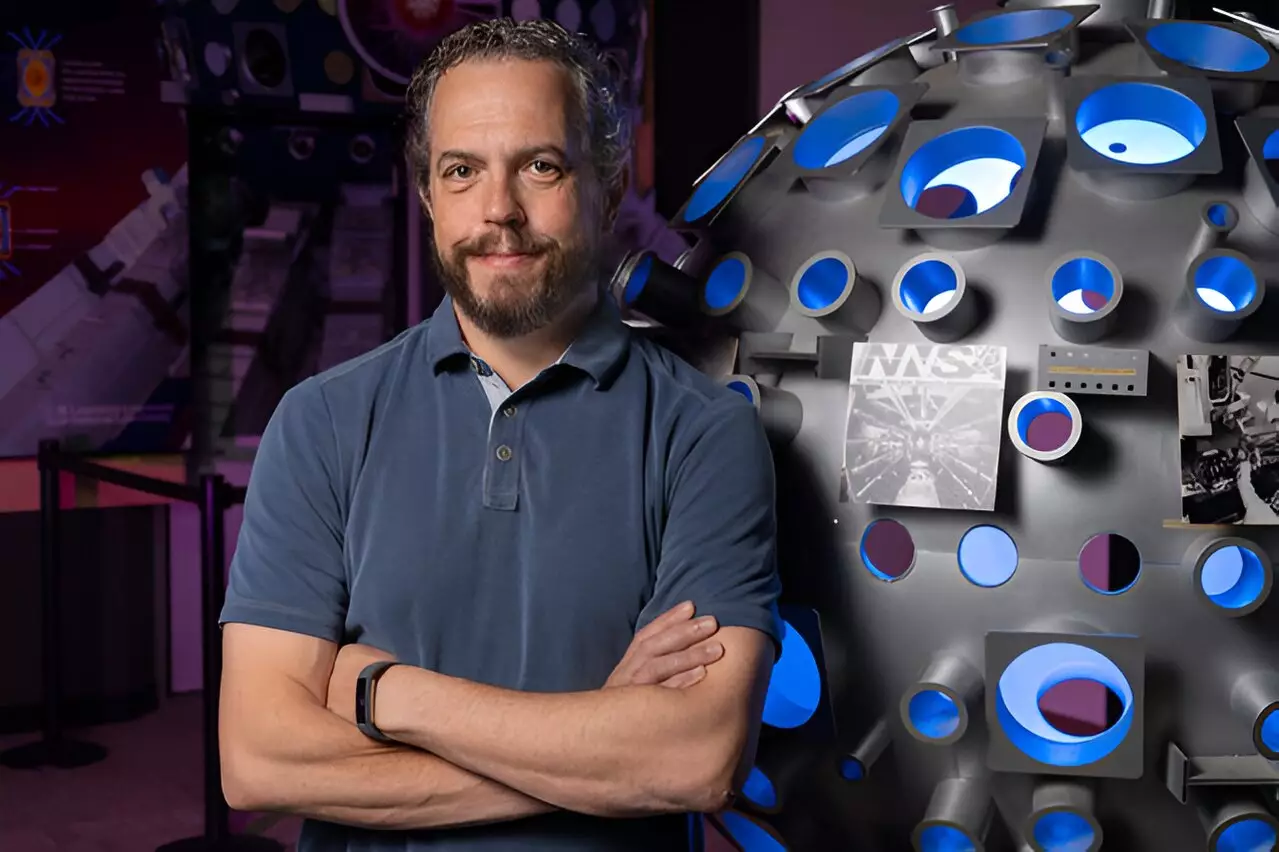In recent years, the pursuit of clean and almost limitless energy has driven significant advancements in the field of nuclear fusion. One of the leading research institutions in this area, the Lawrence Livermore National Laboratory (LLNL), has made considerable strides in understanding the critical role of implosion asymmetry in inertial confinement fusion (ICF) experiments. The National Ignition Facility (NIF), known for being the world’s most powerful laser system, has been the focal point of these investigations. Researchers are increasingly recognizing that the symmetry of plasma can drastically influence the outcomes of fusion experiments, particularly as they approach the pivotal moment of ignition.
A recent study published in *Nature Communications*, co-led by LLNL researchers Joe Ralph, Steven Ross, and Alex Zylstra, underscores the importance of asymmetry in achieving a burning plasma state—a condition necessary for sustainable nuclear fusion reactions. The achievements recorded during the 2021 ICF experiments, where neutron yields surpassed 170 kJ, marked a significant milestone in fusion research. This feat exemplified how the understanding of plasma asymmetry can lead to remarkable improvements in performance.
Interestingly, while the focus has often been on increasing energy yields, the findings reveal that the effects of asymmetries can lead to considerable performance variability. The analogy provided by Ralph, equating a poorly balanced airplane to a plasma that isn’t uniformly compressed, offers a clear visualization of how deviations in symmetry can impede performance at critical moments.
The study not only affirms the necessity of addressing asymmetry but also quantifies how these variances impact fusion energy outputs. The researchers introduced an empirical degradation factor specifically for mode-2 asymmetry, complementing earlier findings regarding mode-1 asymmetry and radiative mix. By integrating these degradation factors into theoretical fusion yield models, they provided a clearer understanding of performance variability across experimental campaigns.
Incorporating multiple degradation variables allows scientists to refine their predictive models significantly. The meticulous approach to quantifying and isolating various forms of asymmetry is essential for enhancing the reproducibility and reliability of fusion experiments. The results, derived from complex 2D radiation hydrodynamic simulations, demonstrated a solid correlation between the expected performance sensitivity and experimental outcomes when alpha-heating effects were included in the analysis.
As the research community builds on the discoveries made by LLNL, it becomes increasingly evident that continuous refinement of theoretical and empirical models is crucial for achieving dependable fusion performance. Each experimental campaign serves as a building block, validating years of theoretical work while simultaneously highlighting areas for further exploration.
The successful achievement of a burning plasma, as noted by Ralph, was a watershed moment that validated a trajectory of research and experimentation aimed at understanding fusion closely. This not only sets the stage for future experimental work but also establishes a roadmap for the necessary conditions and actions required for eventual ignition—a goal that could redefine energy consumption on a global scale.
Advancements in ICF at the NIF signify more than mere experimental successes; they represent a fundamental exploration of the conditions required for nuclear fusion. By honing in on the effects of asymmetry and developing appropriate responses, researchers are paving the way for a cleaner, more efficient energy future. The key takeaway from LLNL’s findings is the critical necessity of symmetry in plasma dynamics and the ability to accurately assess and mitigate asymmetrical effects. As this field continues to evolve, the insights drawn from current research will help shape the future of fusion energy, significantly impacting energy policies and innovations towards sustainable power solutions. The journey toward fusion ignition is fraught with challenges, but the foundational work being accomplished may indeed lead to revolutionary energy breakthroughs.

